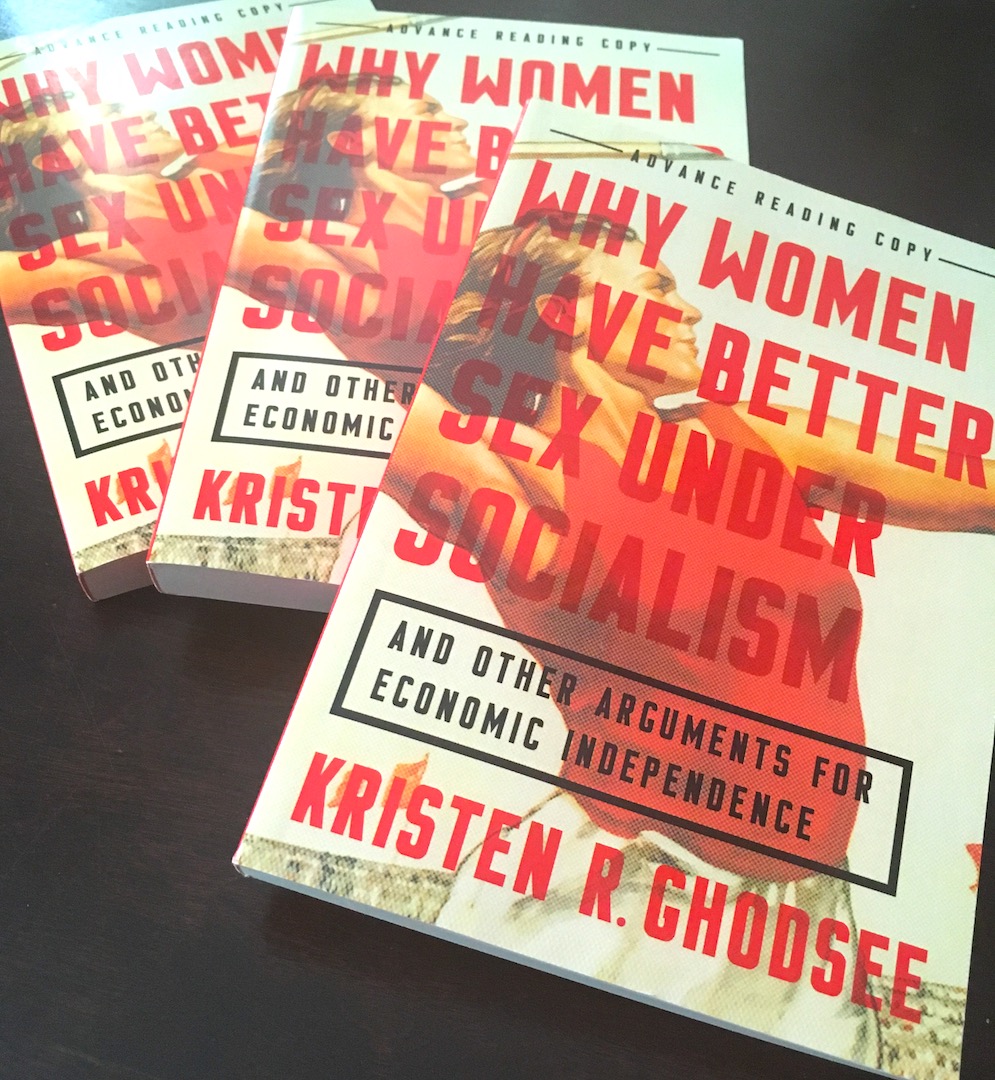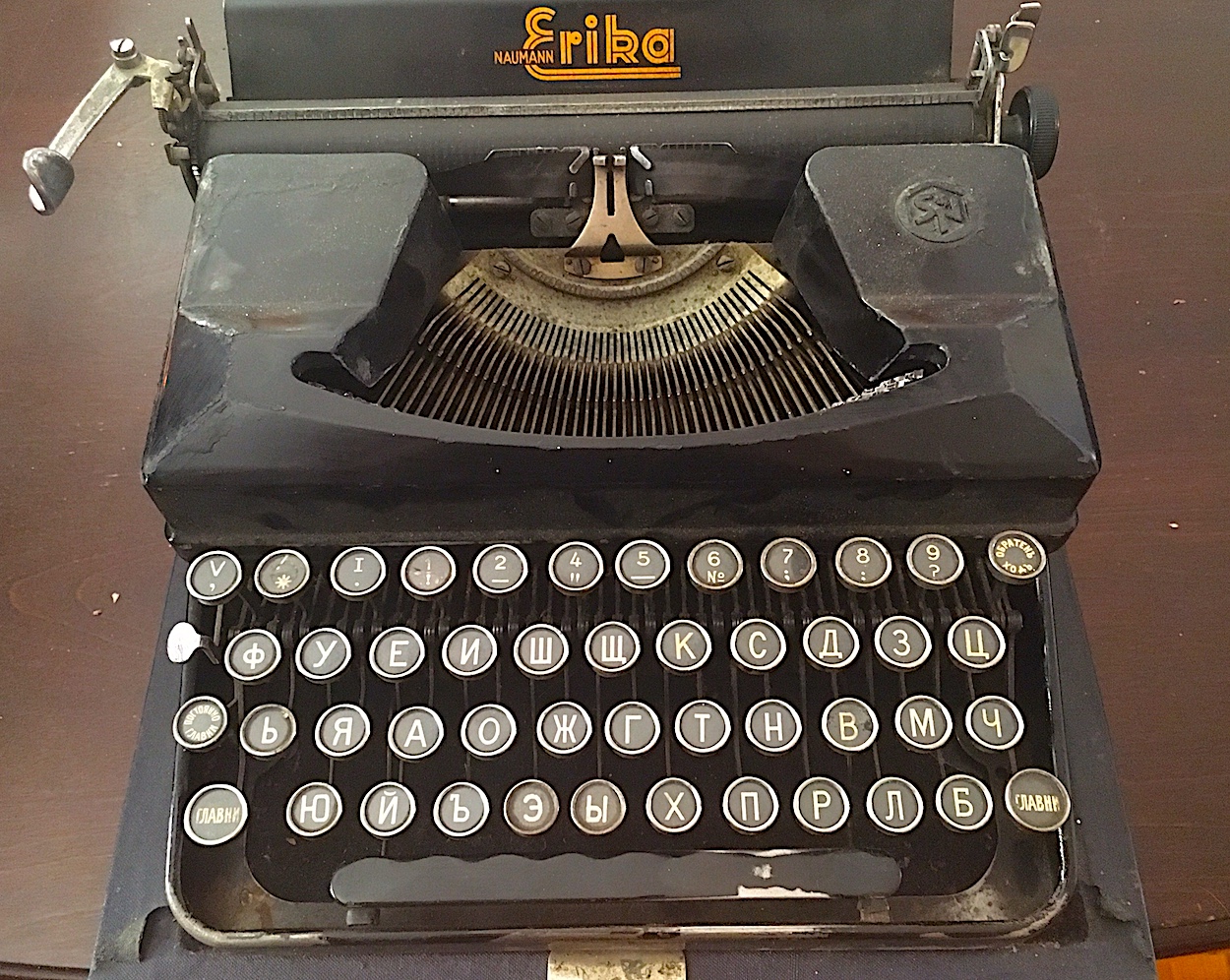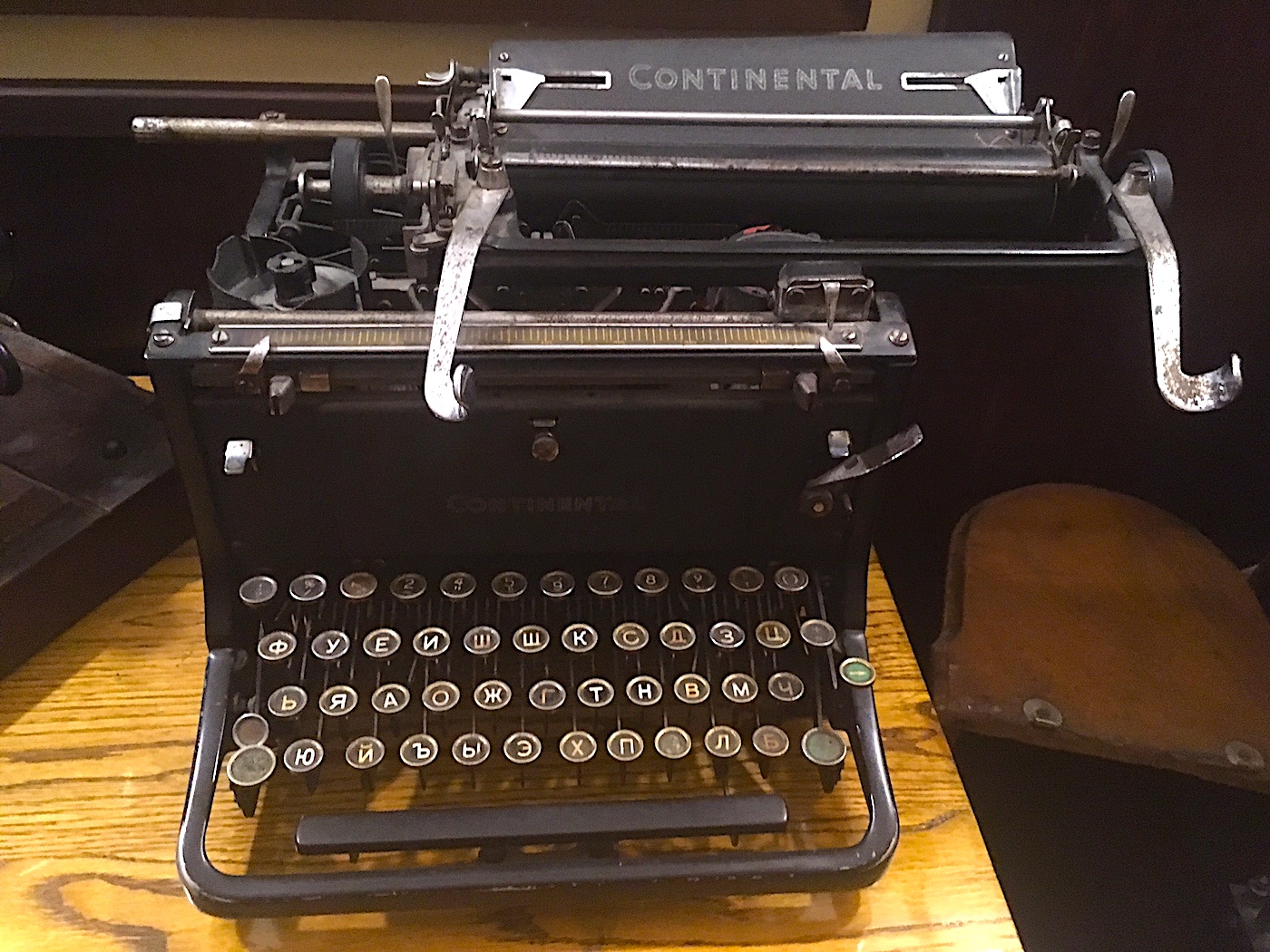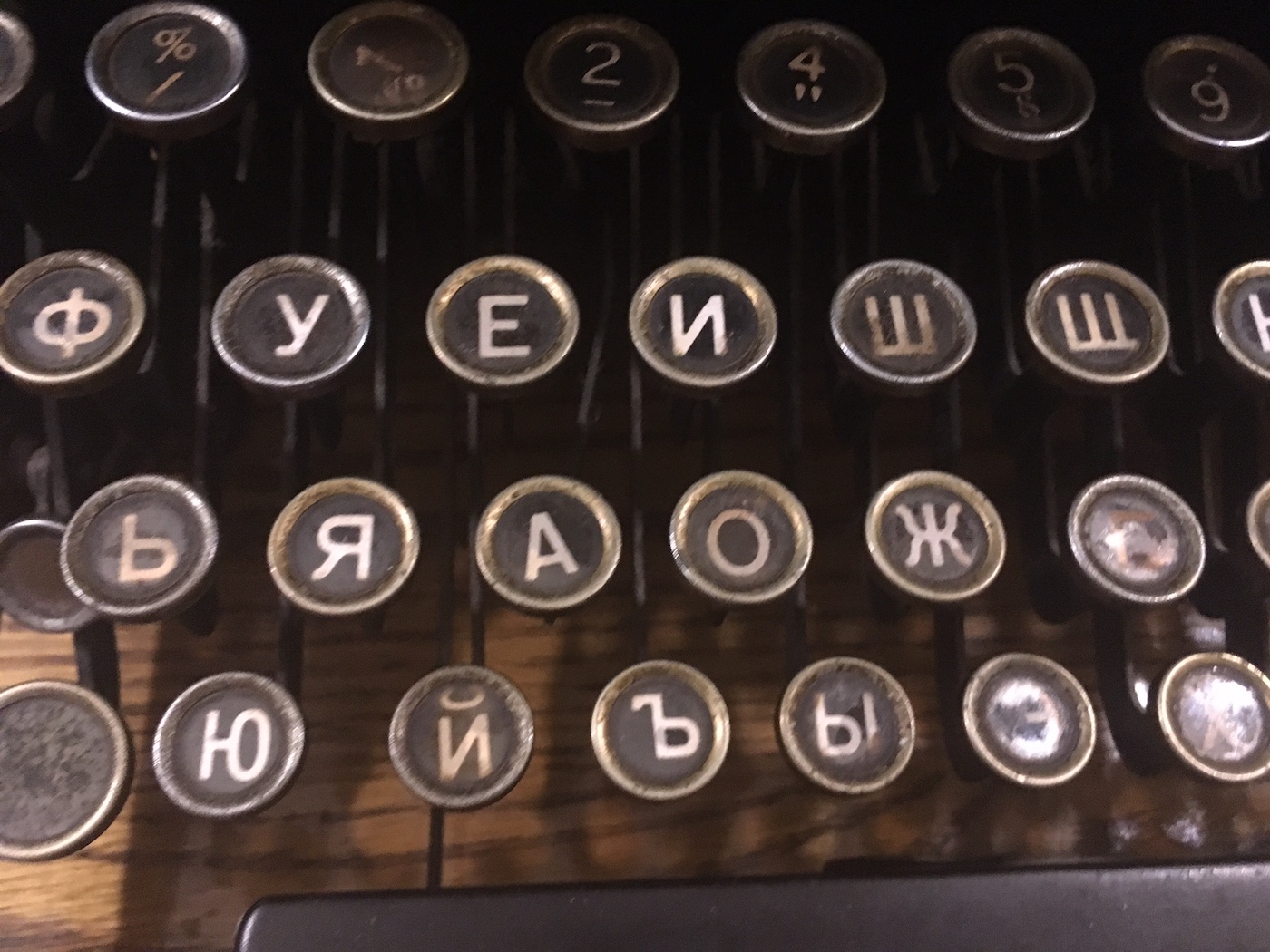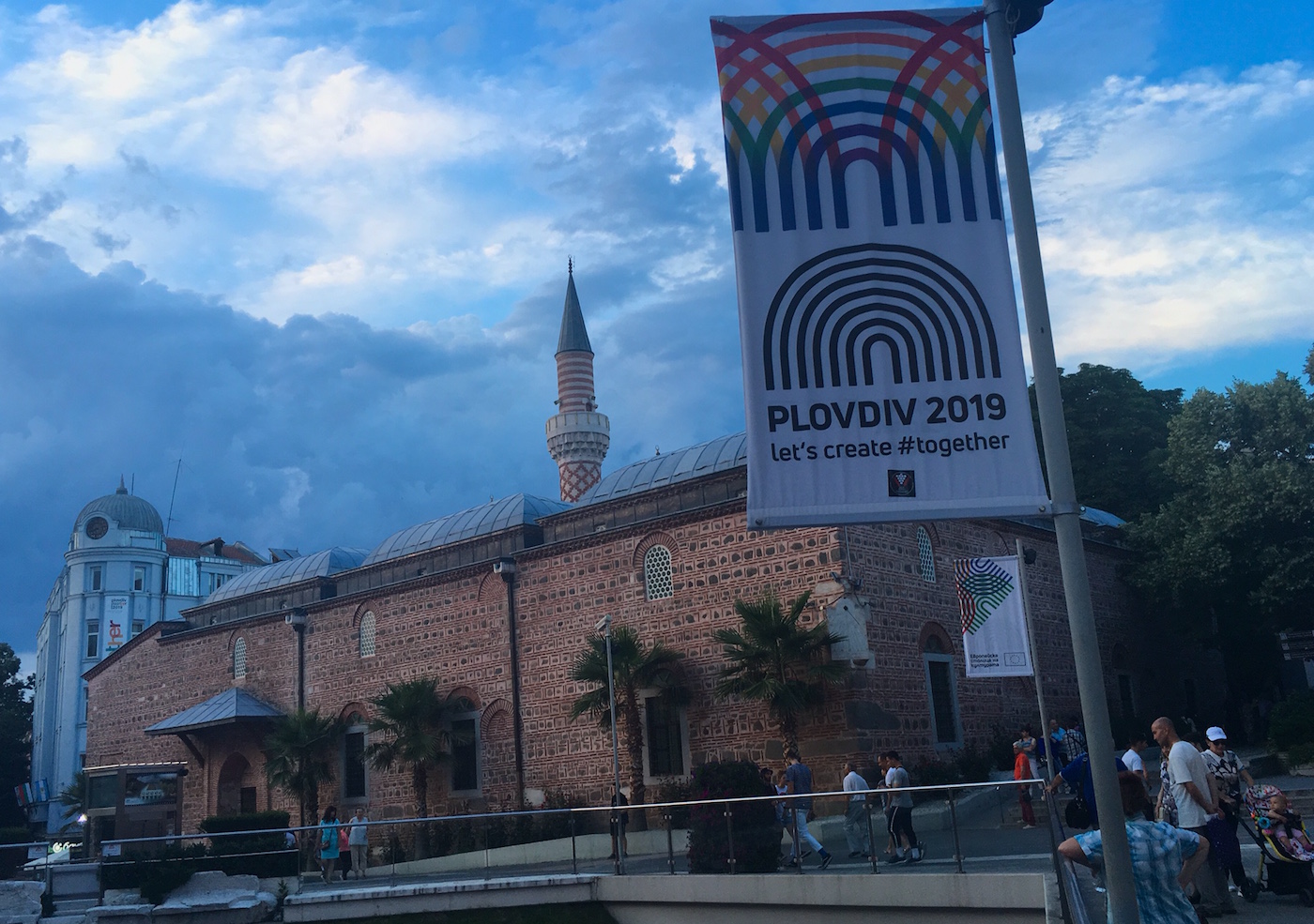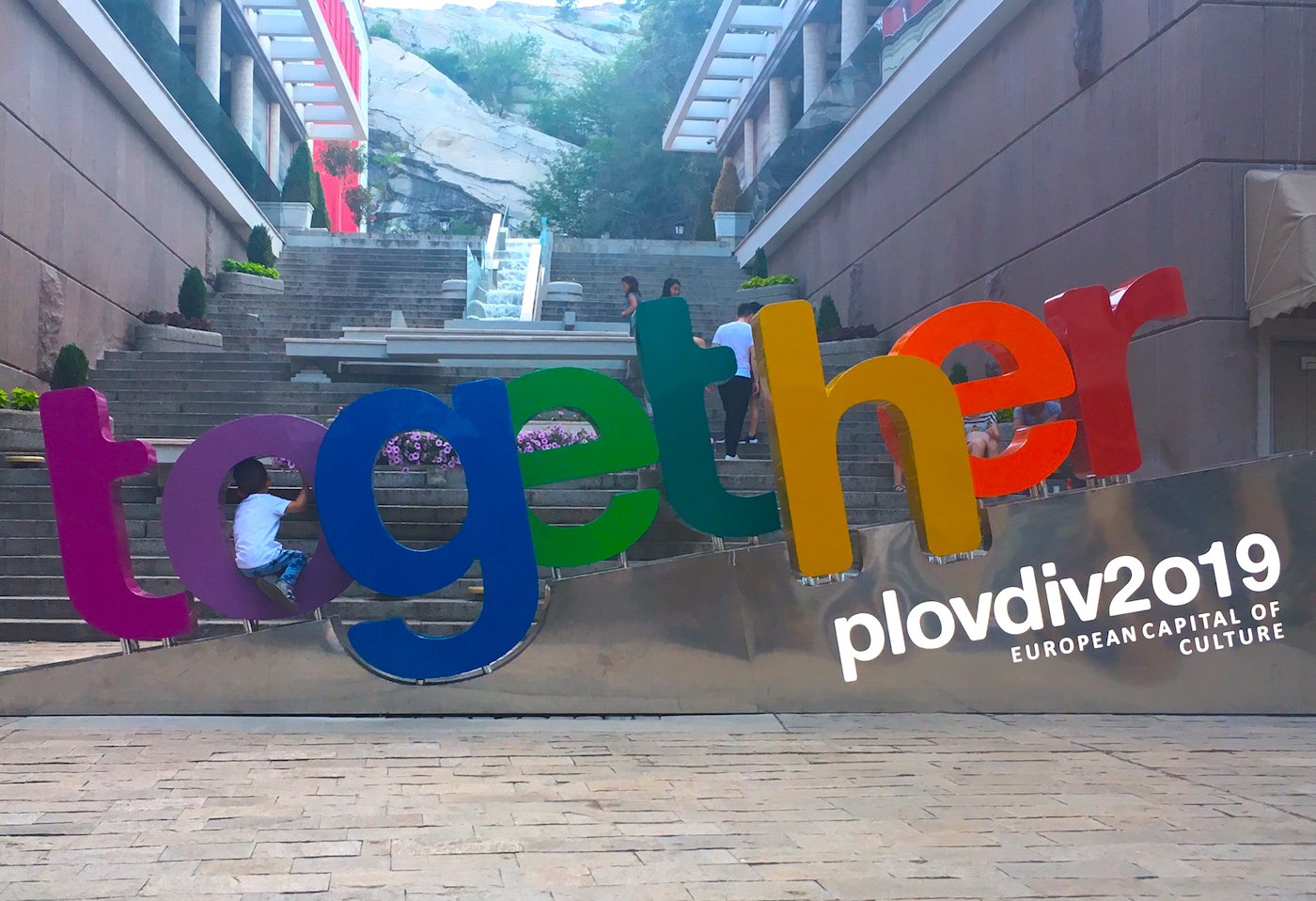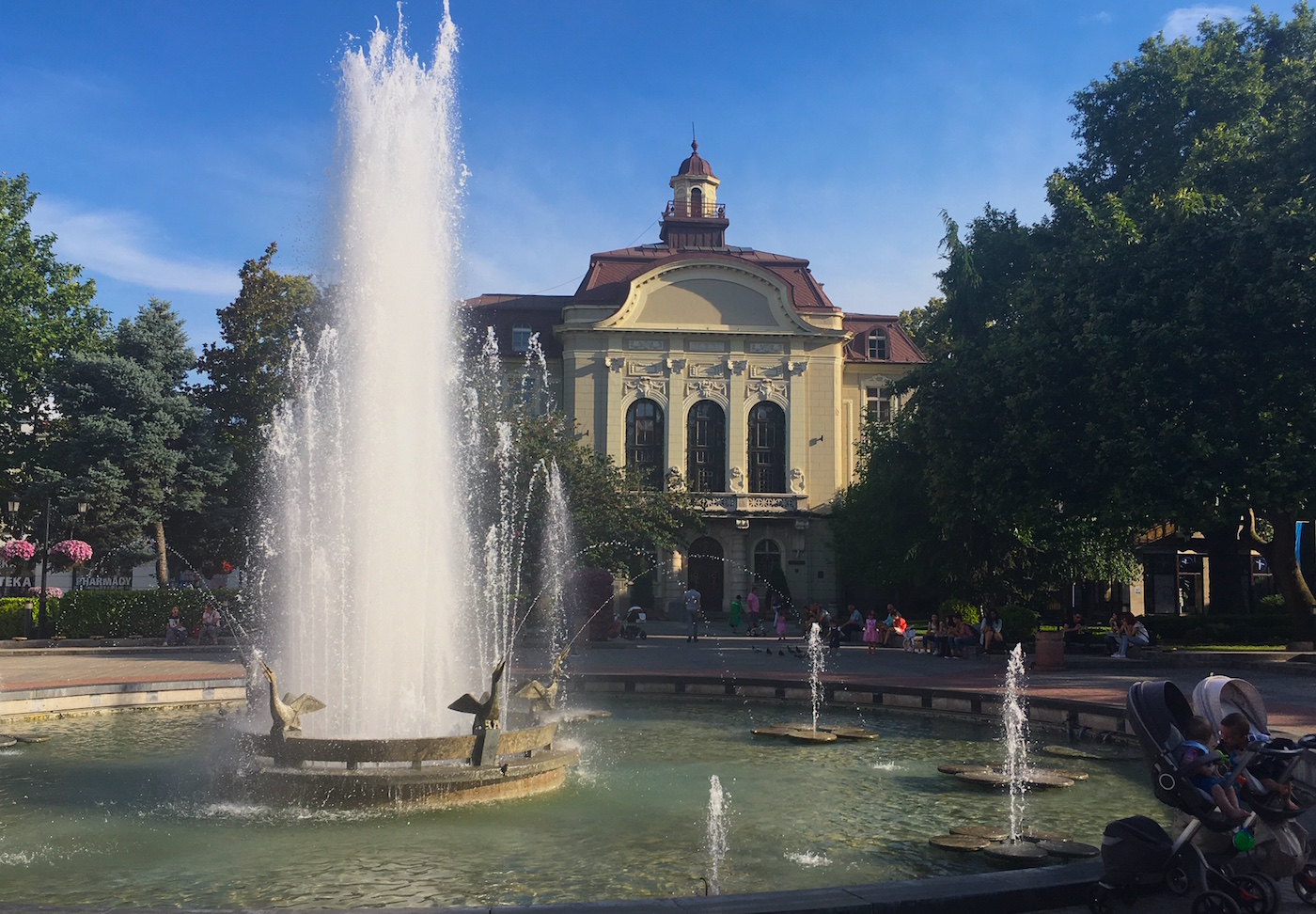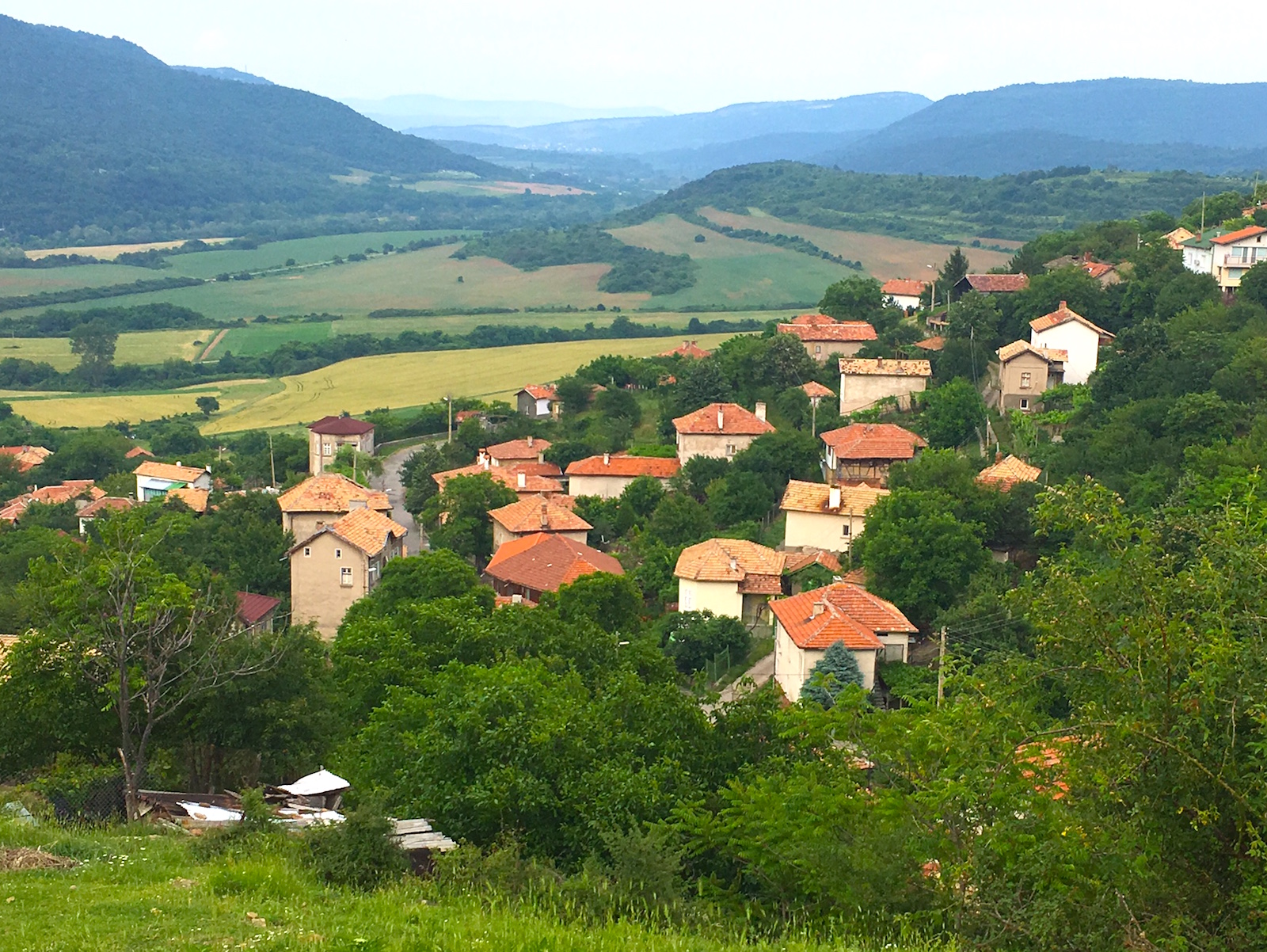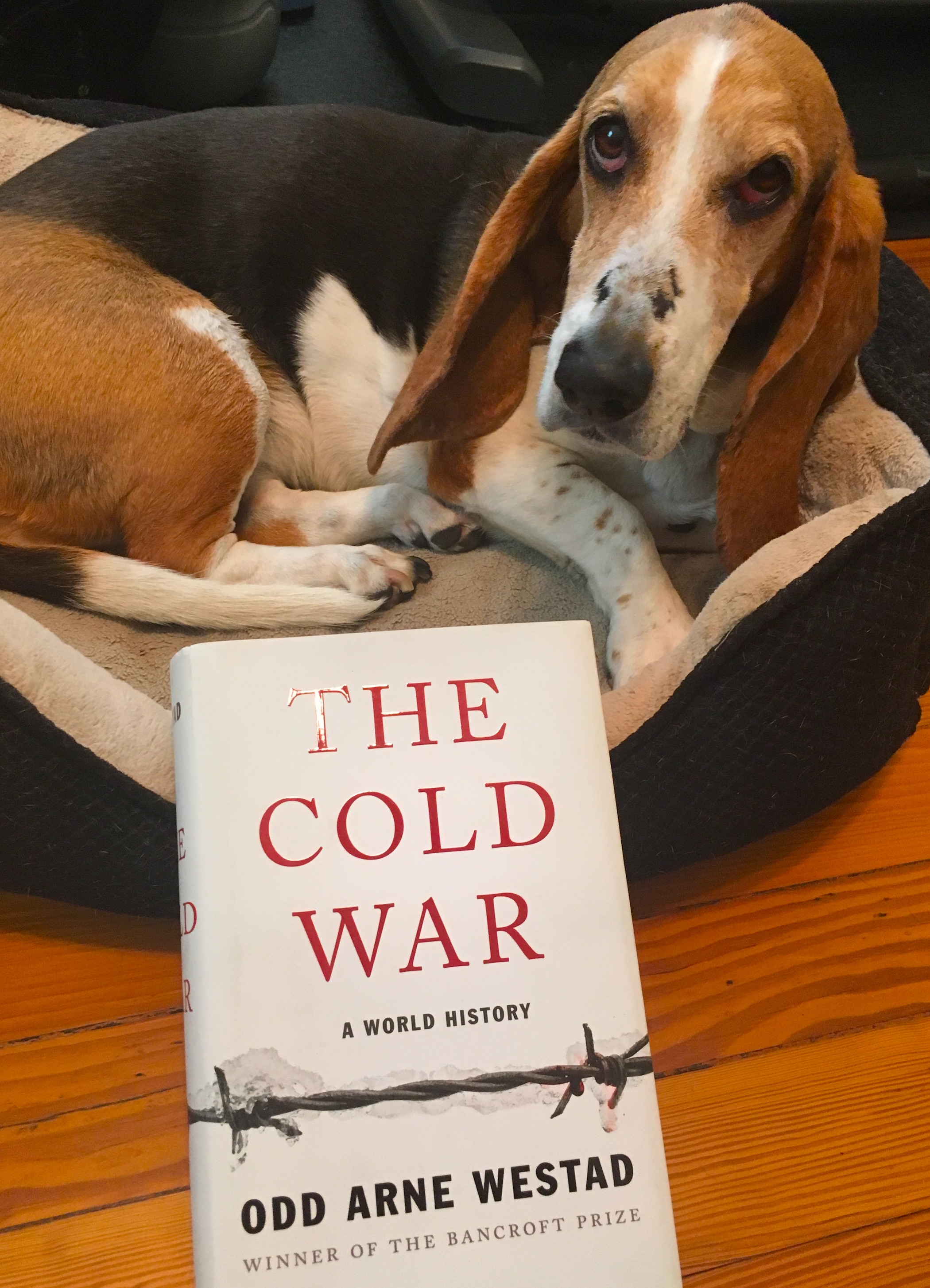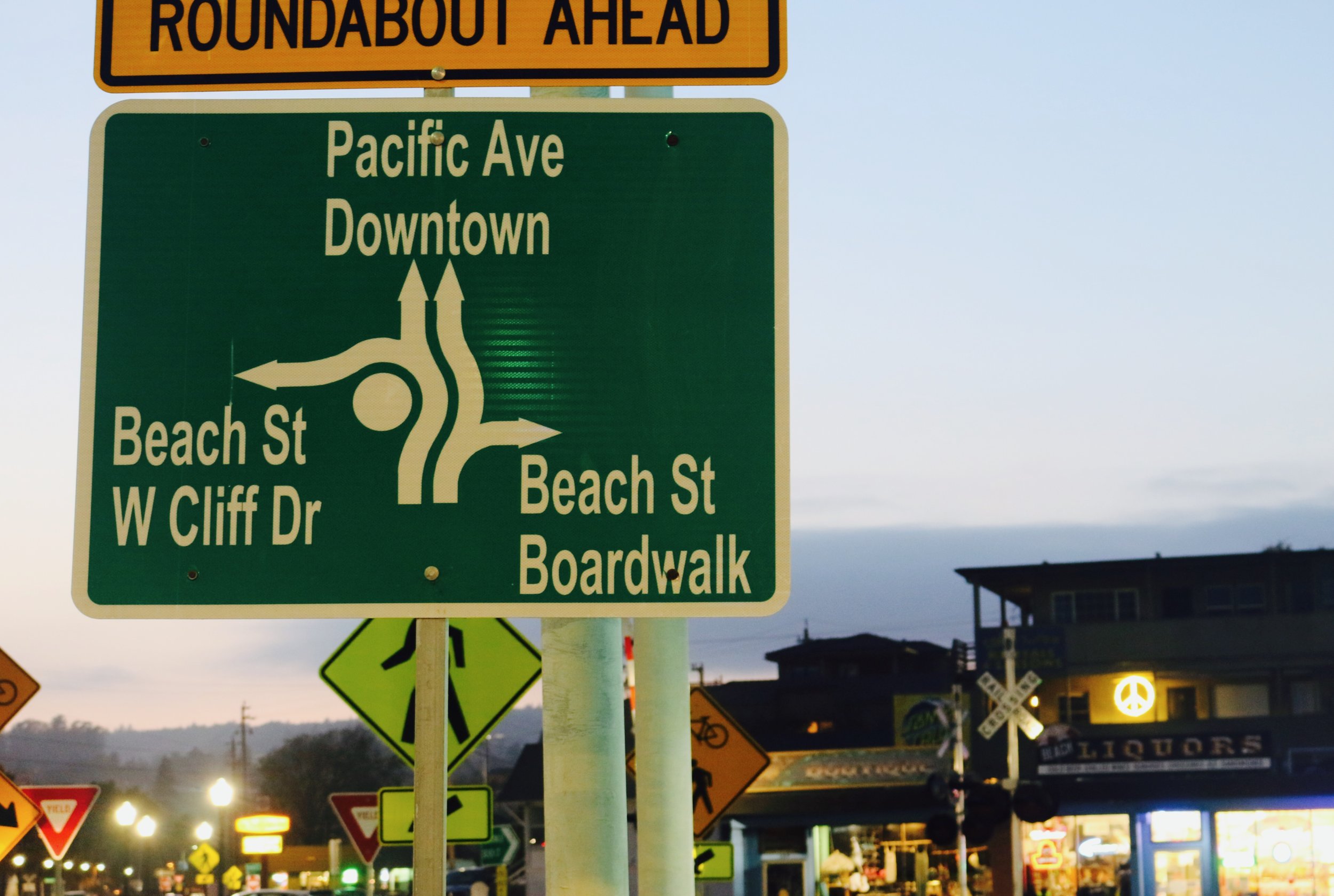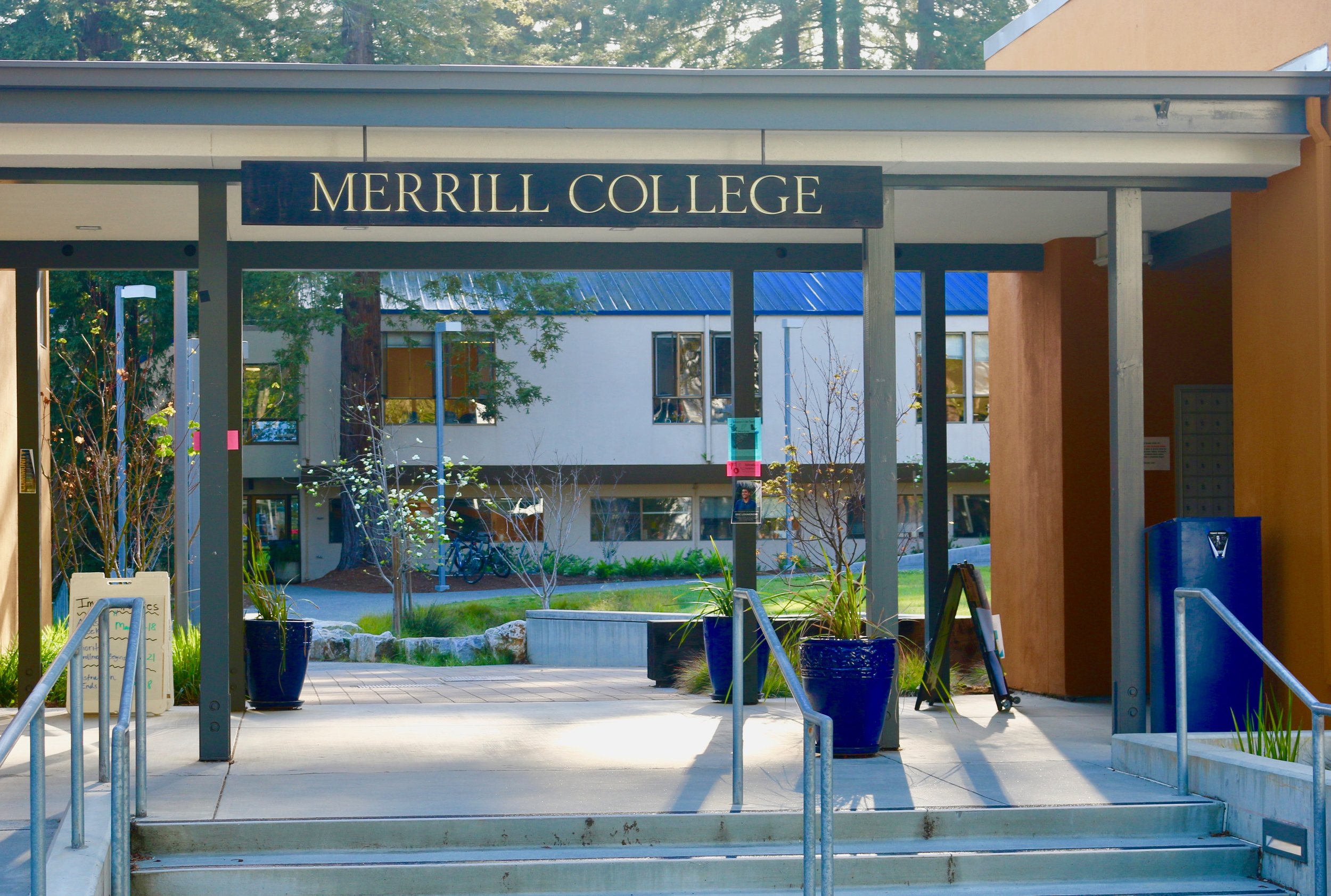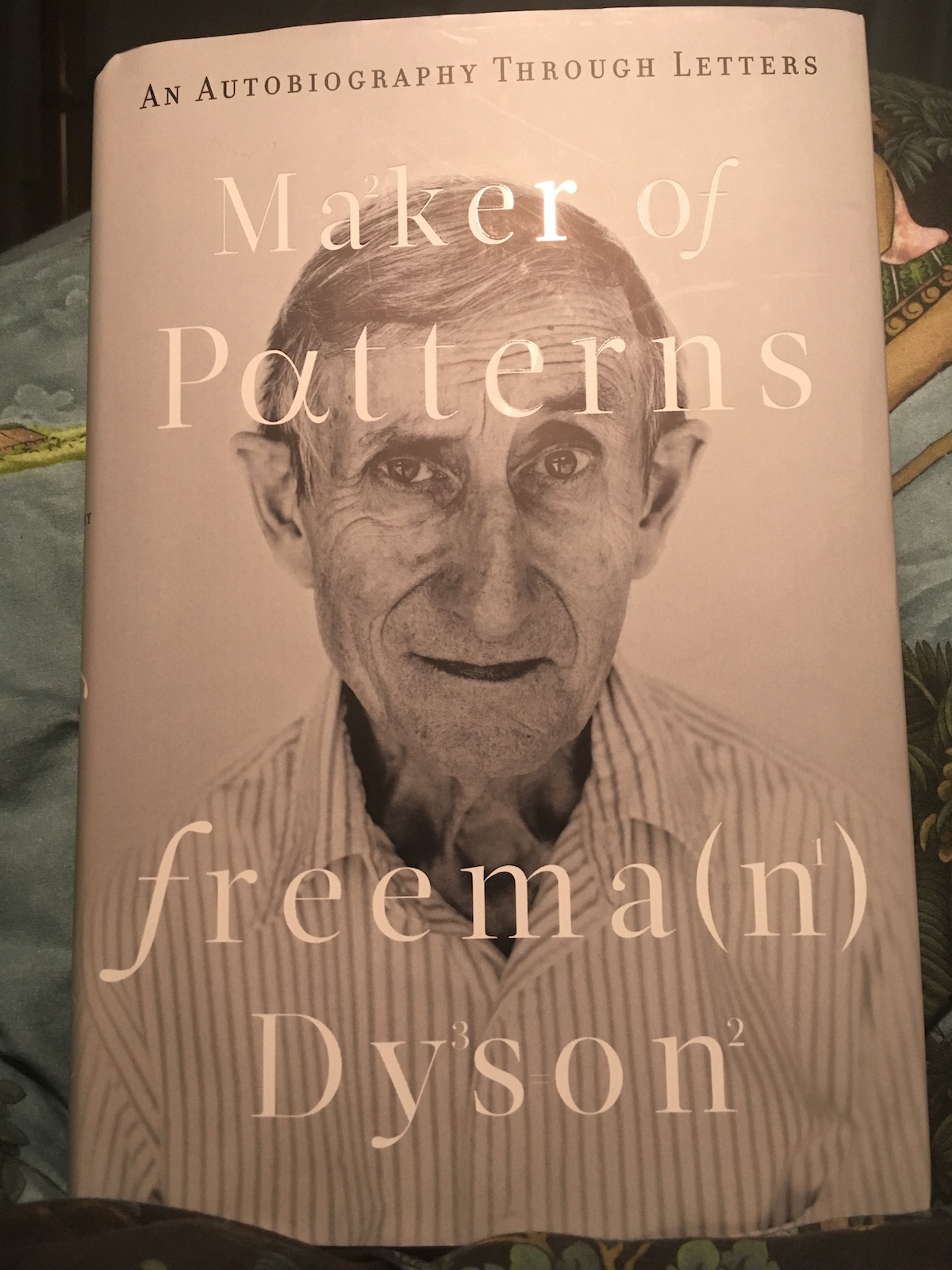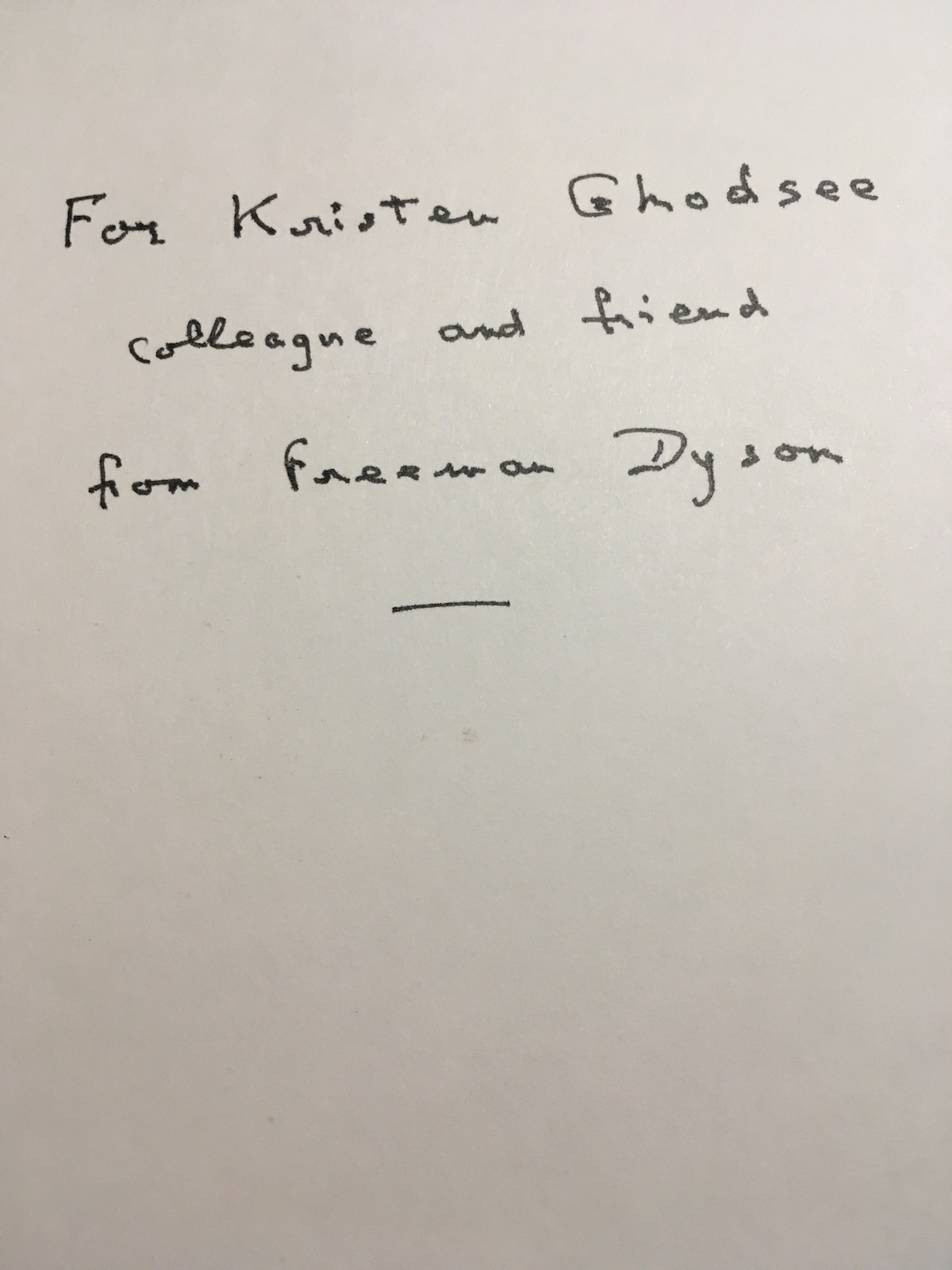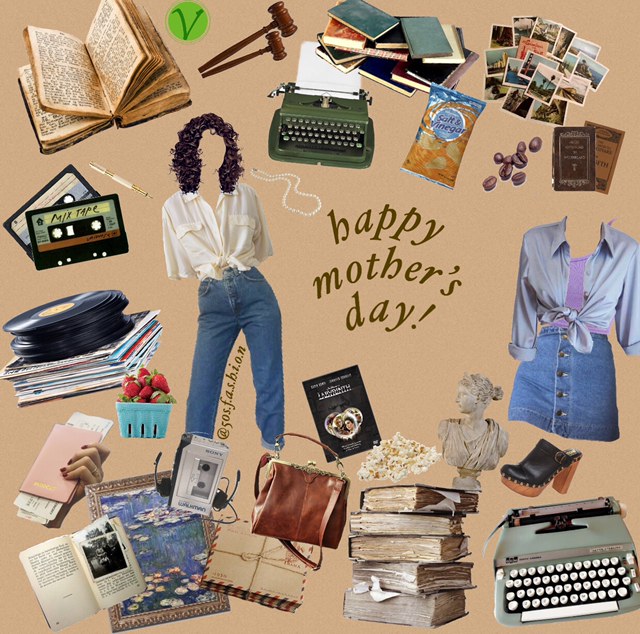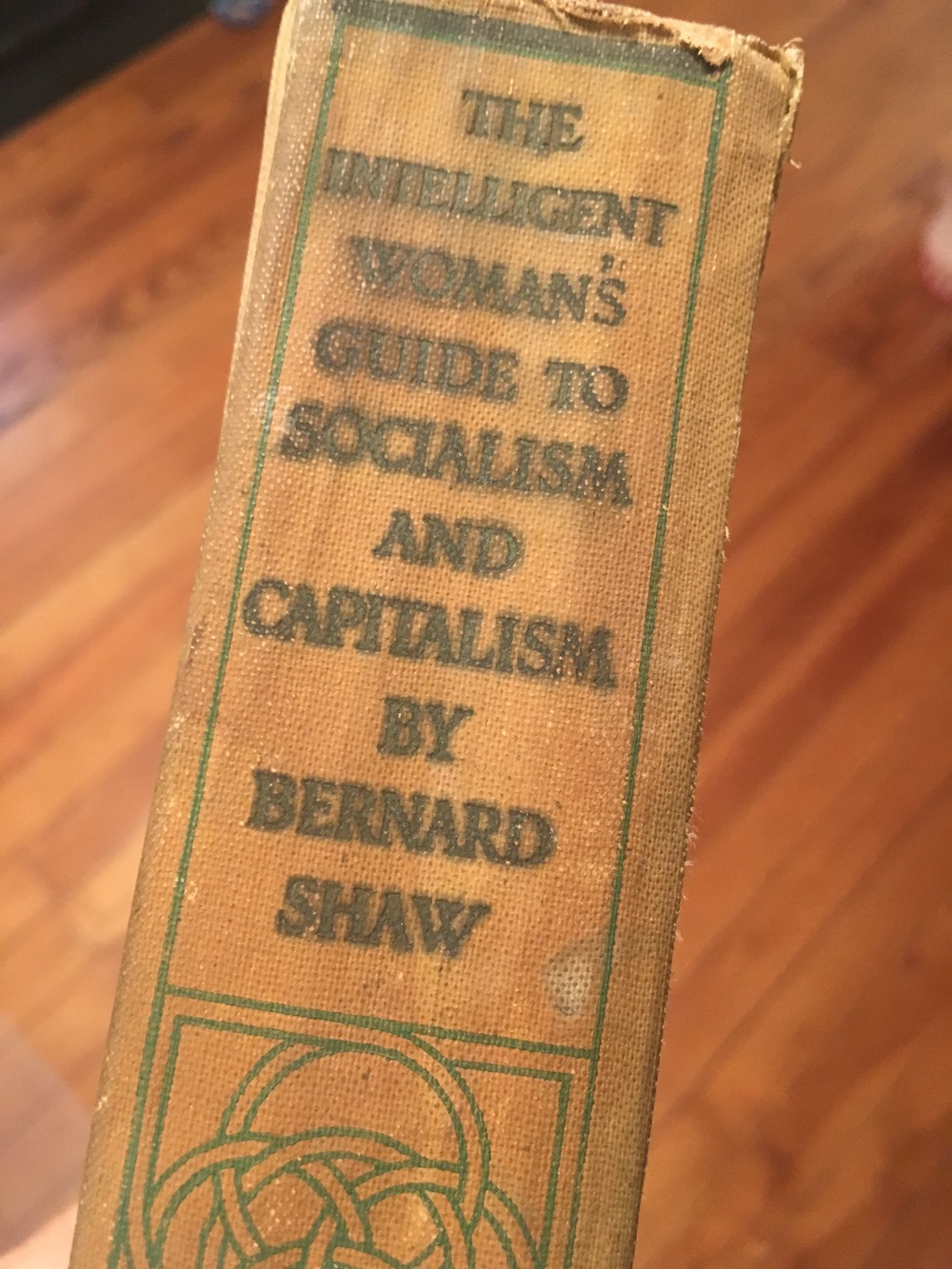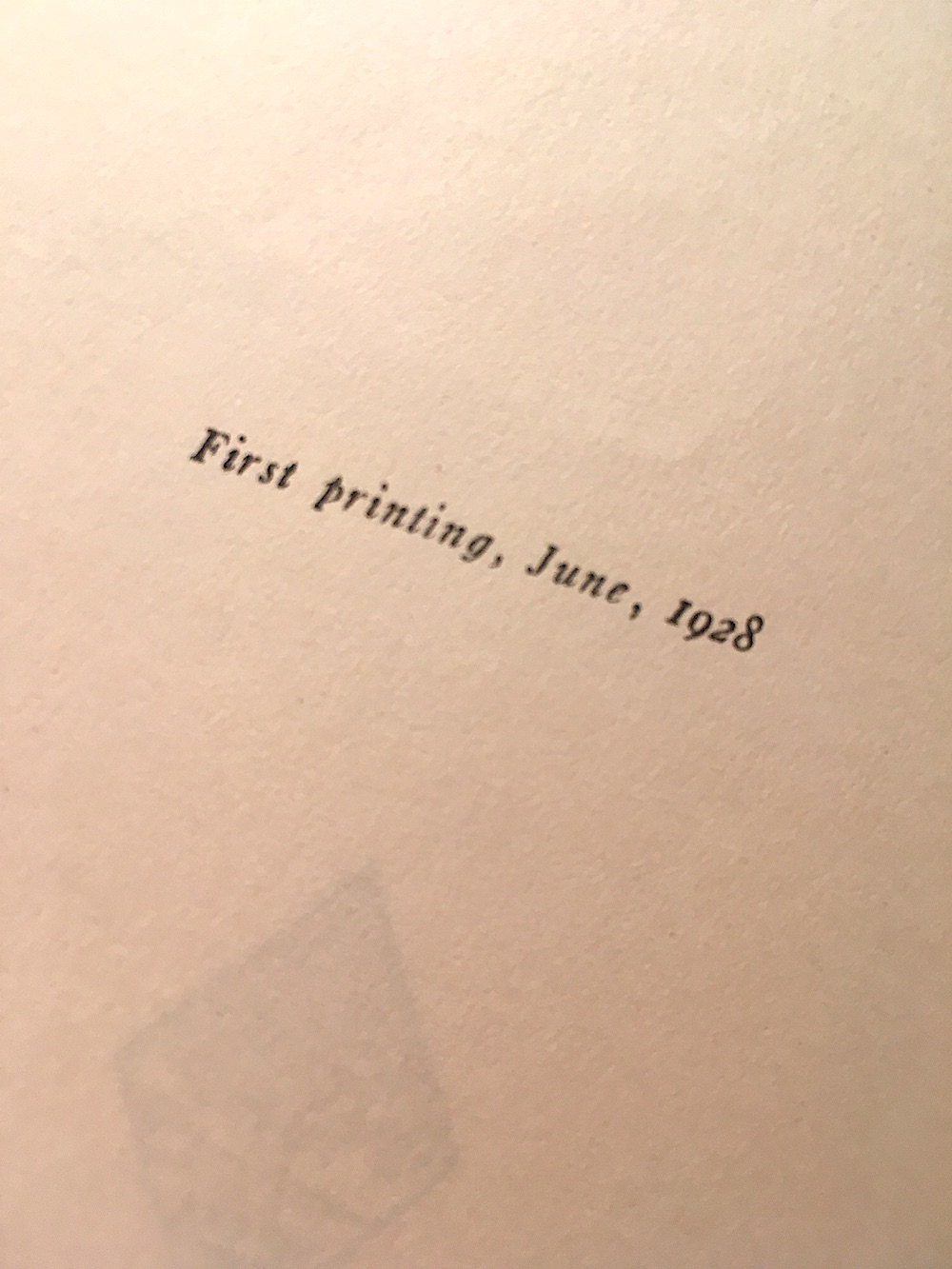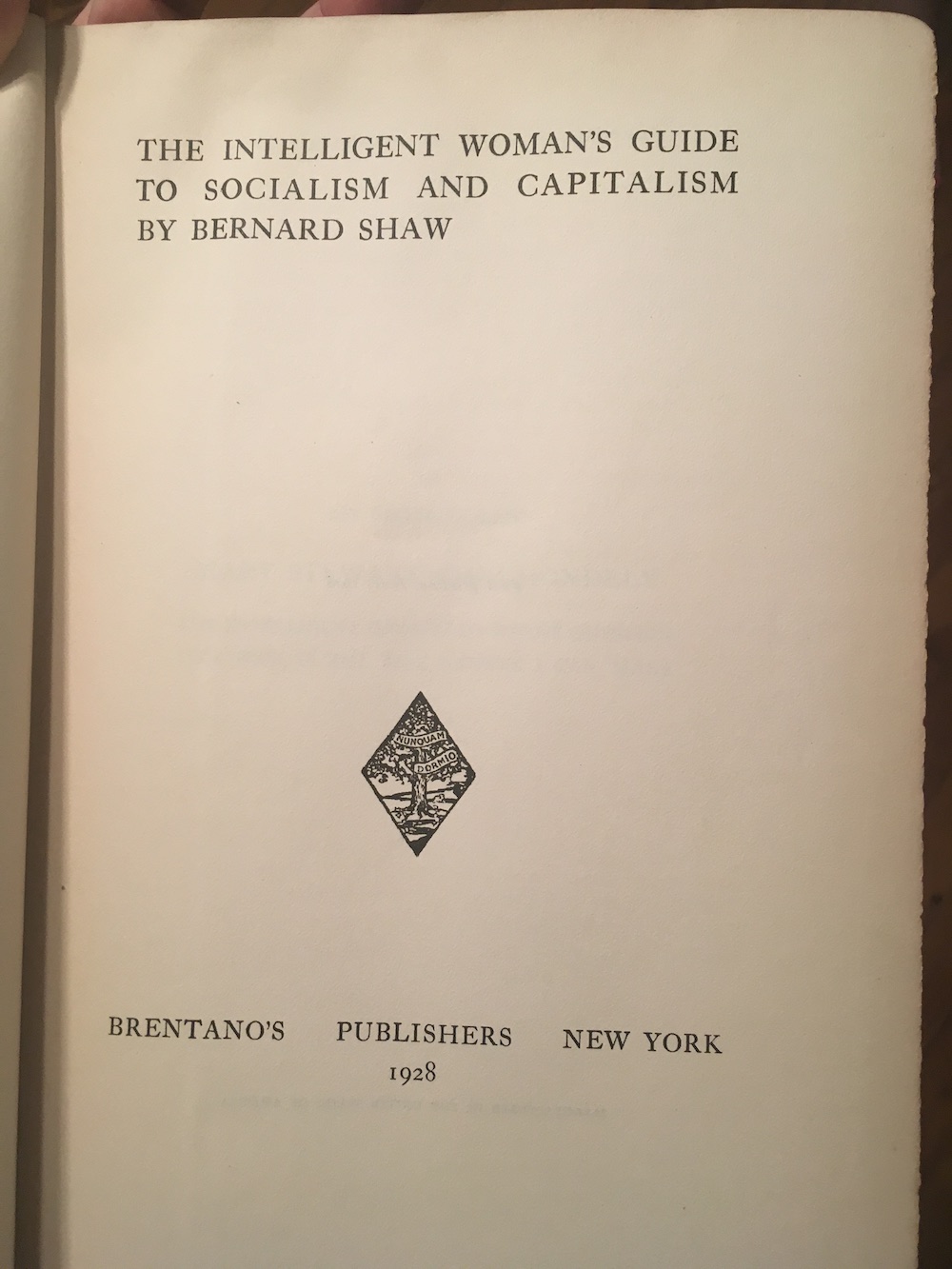In 1987, when I went to see U2 in Tempe, Arizona, I was 17 and my mom had to drive me all the way from San Diego. I barely had the funds to buy the tour T-shirt that I plan to wear tonight (I think I paid in quarters).
Now, over 30 years later, I'm taking my own 16-year-old daughter to see the band in Philly, and I have enough money to buy us both T-shirts!
My original tour shirt from the concert where they filmed Rattle & Hum
Two tickets for the floor!



